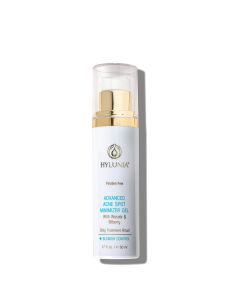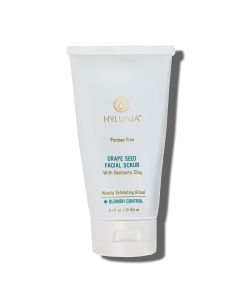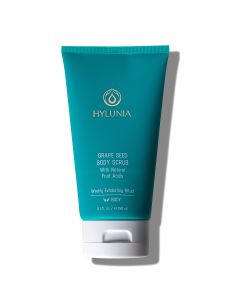Sugar Cane
What is Sugar Cane?
Sugar Cane is indigenous to tropical South Asia and Southeast Asia and has stout, jointed, fibrous stalks that are rich in sugar and measure 6 to 19 feet tall. Around the eighth century A.D., Arab traders introduced sugarcane to the other parts of Mesopotamia, Egypt, North Africa and Andalusia. It was among the early crops brought to the Americas by the Andalusians and the Portuguese. Starting in the 17th century, sugar plantations in the western colonies started using “boiling houses” run by slaves, to convert sugarcane juice into raw sugar, often under very poor conditions. Sugarcane is still extensively grown in the Caribbean and was first brought by Christopher Columbus during his second voyage to the Americas. In colonial times, sugar was an important New World raw material. In fact, France found its sugarcane islands so valuable, it effectively traded its portion of Canada to Britain for their return of Guadeloupe, Martinique and St. Lucia at the end of the Seven Years’ War. Cuban sugarcane produced sugar that received price supports from and a guaranteed market in the USSR; the dissolution of that country forced the closure of most of Cuba's sugar industry.
Sugar Cane's Benefits for Skin
Glycolic acid naturally present in Cane Sugar removes dead skin cells, dirt, and oil that can clog and stretch pores. This makes sugarcane an excellent ingredient in exfoliants and masks.




